Design Minimalismus: Discover the Elegance of Simplicity
Dive into "Design Minimalismus" as we explore the captivating balance of simplicity and functionality in design. Learn how this trend shapes our environments and influences artistic expressions worldwide.
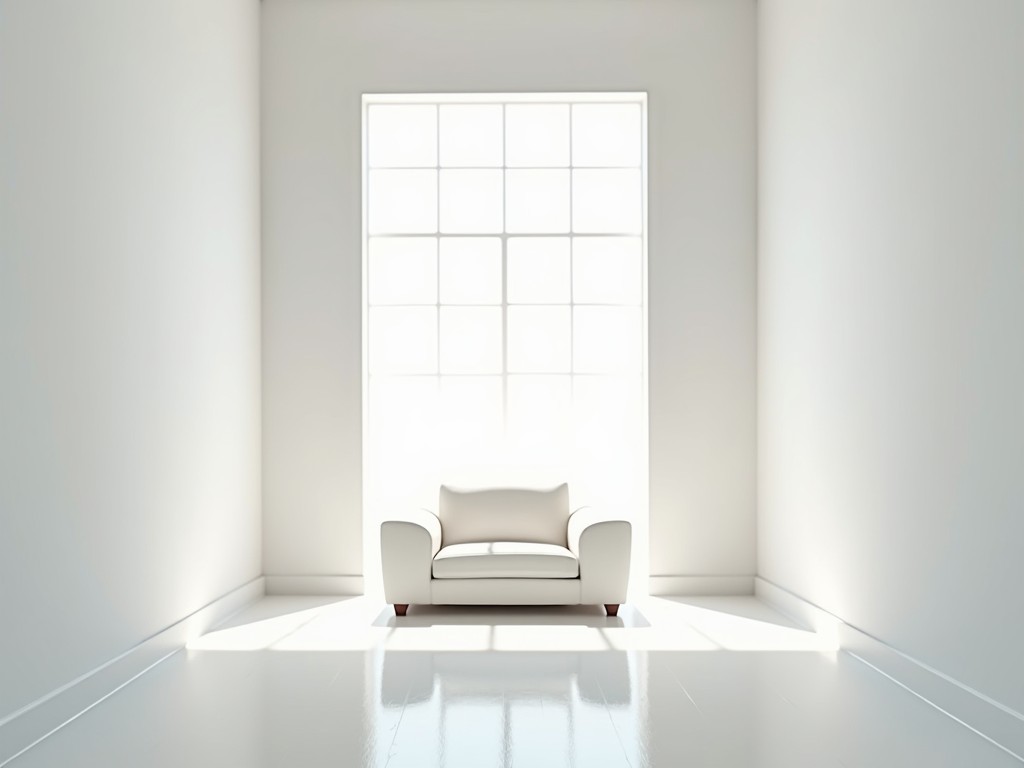
Introduction to Minimalismus
In recent years, design minimalismus—also known as minimalist design—has become increasingly popular. Its roots lie in the art and architectural movements of the 20th century, emphasizing simplicity and function over ornamental excess. Today, minimalismus is not just a design choice but a lifestyle embraced by many who seek clarity and mindfulness in a chaotic world.

The Principles of Design Minimalismus
The core principles of design minimalismus include functionality, clarity, and purpose. This style strips away the unnecessary, focusing on essential elements and clean lines. By removing distractions, design minimalismus creates a serene and harmonious atmosphere.
- Functionality: Every item has a purpose, reducing clutter.
- Clarity: Clean lines and simple shapes go hand-in-hand to ensure visual clarity.
- Purpose: Each design element is chosen with intention, contributing to the overall balance and flow.
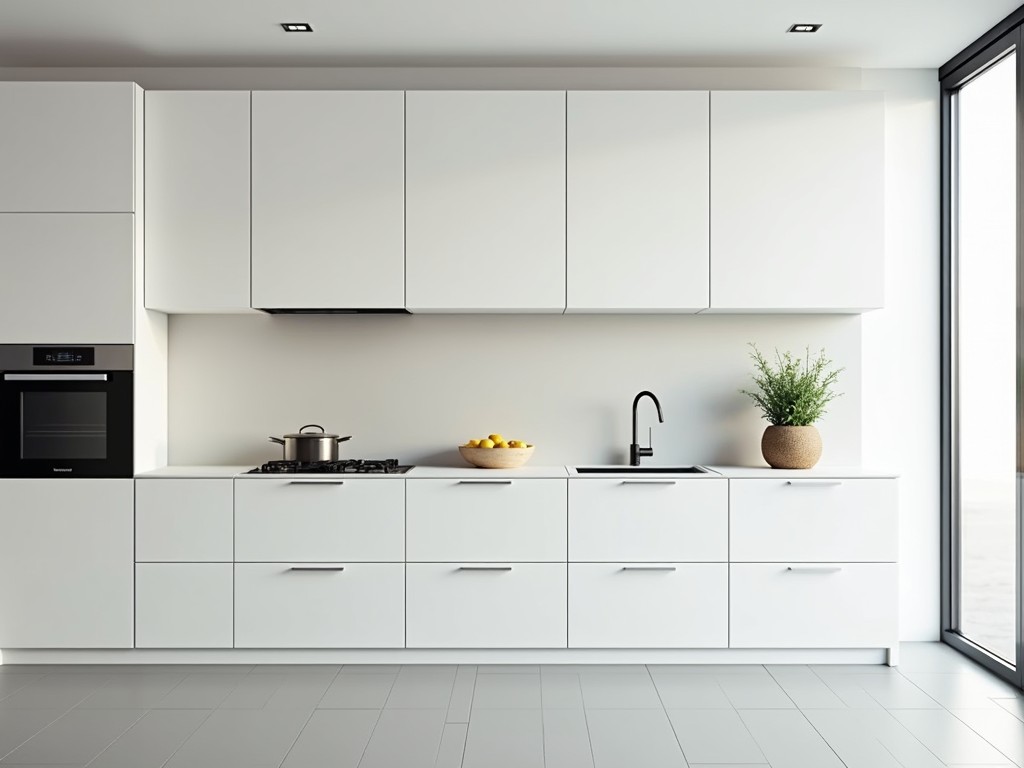
The Aesthetic Appeal
The beauty of design minimalismus lies in its ability to evoke a sense of calmness and order. Imagine stepping into a room where every item has its place, and the open space allows you to breathe and relax. This aesthetic reduces stress and enhances focus, making it ideal for both home and office environments.
Benefits of Embracing Minimalismus:
- Increased Focus: A clean environment enhances productivity and concentration.
- Stress Reduction: Less clutter leads to a calmer mind.
- Timeless Style: Minimalismus is not tied to trends, offering enduring appeal.
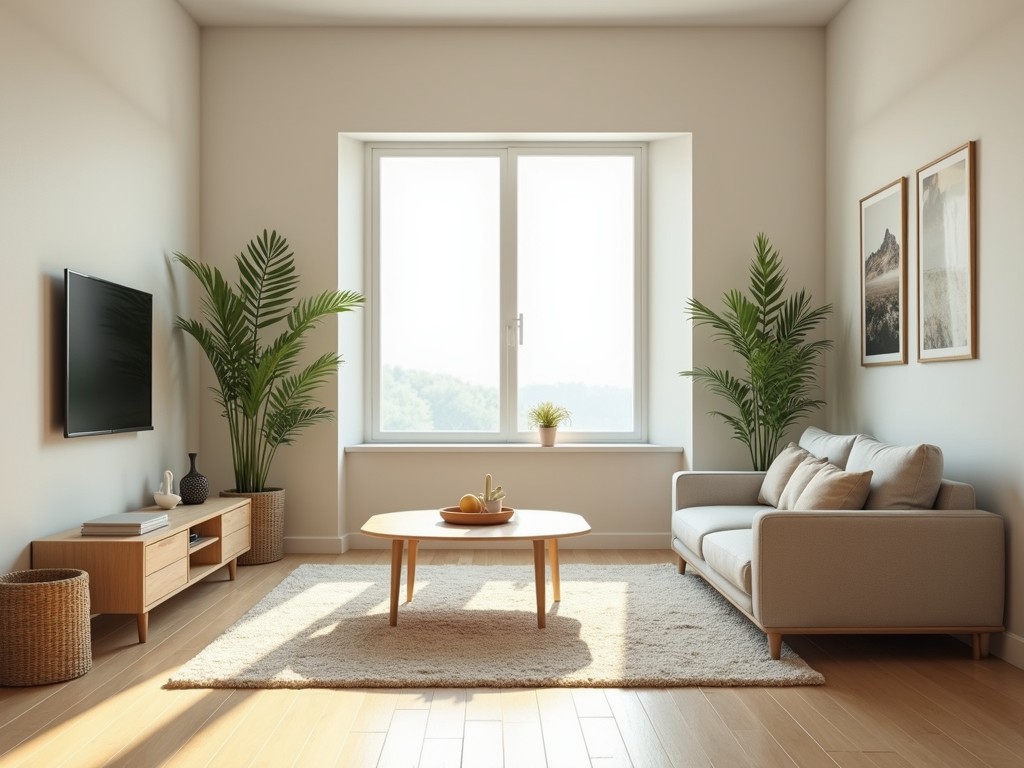
Personal Insights on Minimalismus
On adopting the minimalist lifestyle, many people find that it extends beyond home decor. It's about living with intention and appreciating quality over quantity. For me, transitioning to design minimalismus started with decluttering my home. The transformation was not just physical—it was a mental shift towards appreciating what I truly need.
Through minimalism, I learned the art of letting go: things, habits, and even thoughts that no longer serve me. It fosters an environment where creativity and mindfulness can flourish.
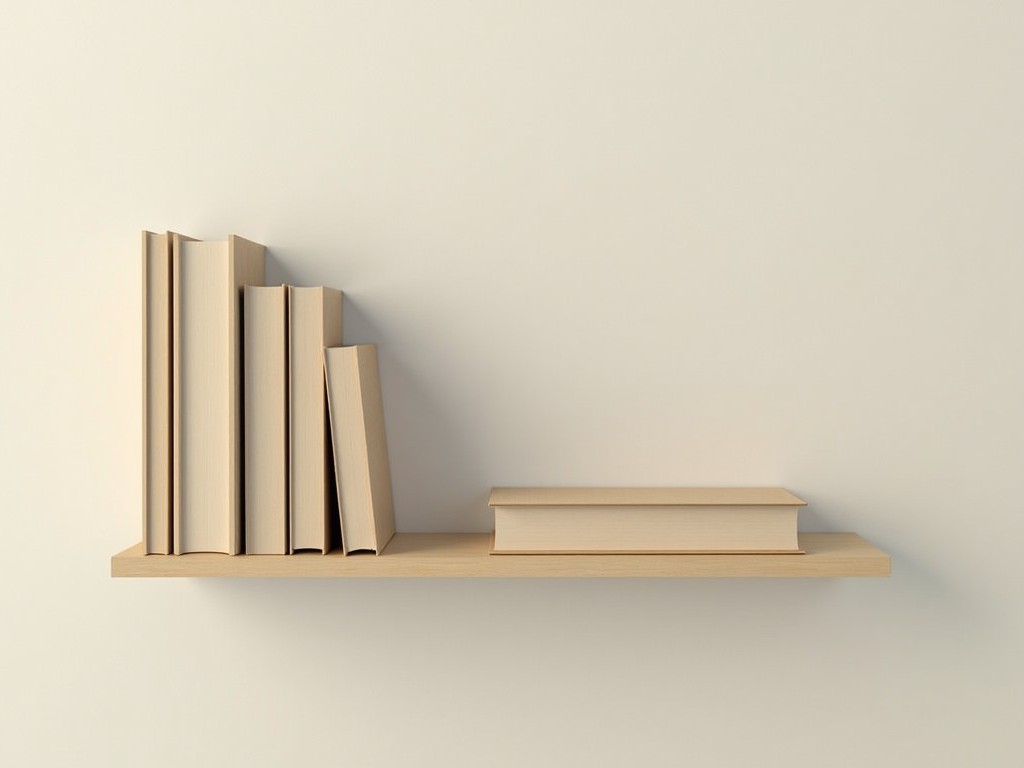
Designing Spaces with Intent
When incorporating design minimalismus into your spaces, remember to focus on natural materials and neutral colors. These elements offer warmth and enhance the simplicity of the design. Use textures to add depth without overwhelming the senses, and incorporate subtle lighting to emphasize clean lines and open spaces.
Tips for Designing with Minimalismus:
- Declutter Regularly: Keep only what is necessary and brings you joy.
- Choose Neutral Colors: Whites, greys, and earth tones enhance serenity.
- Opt for Quality Over Quantity: Select fewer, better pieces.
- Embrace Empty Space: Allow room to breathe and move freely.
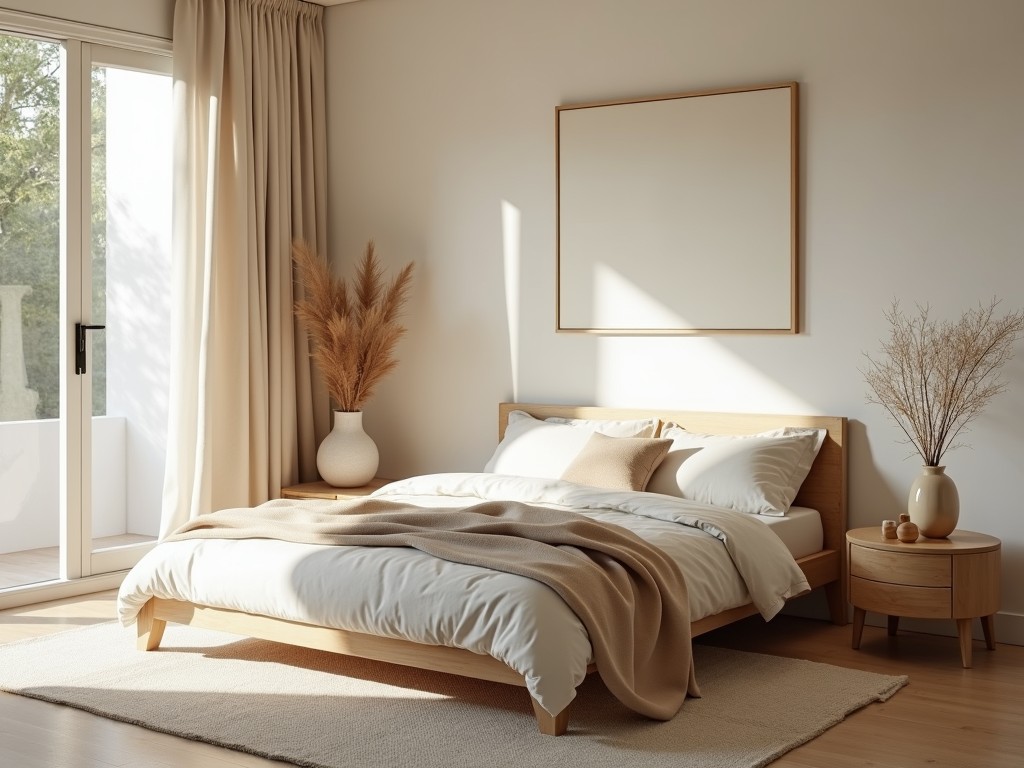
Conclusion
Design minimalismus is more than a style—it's a lifestyle centered around intent and simplicity. By embracing this approach, you can create environments that promote peace, focus, and timeless beauty. Whether you're redesigning a room or transforming your entire home, the principles of minimalism can offer a transformative path toward a more serene existence.
